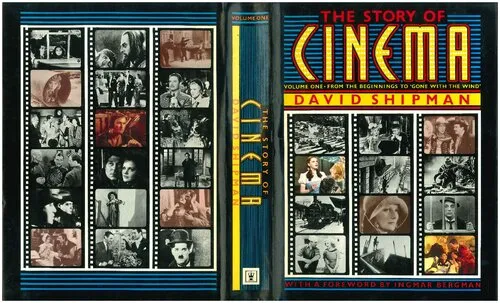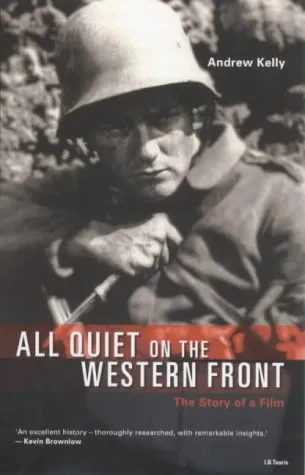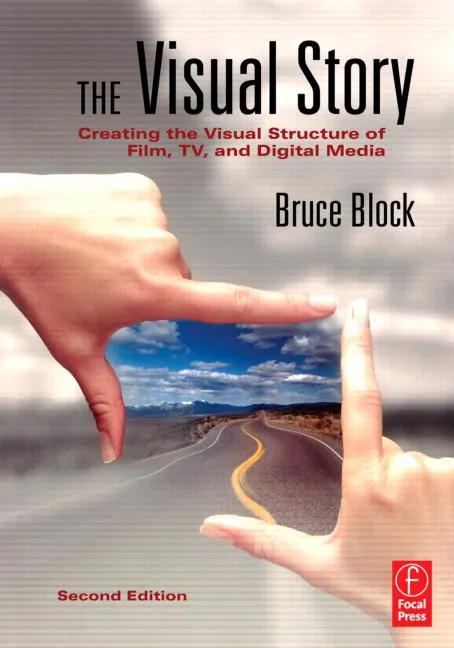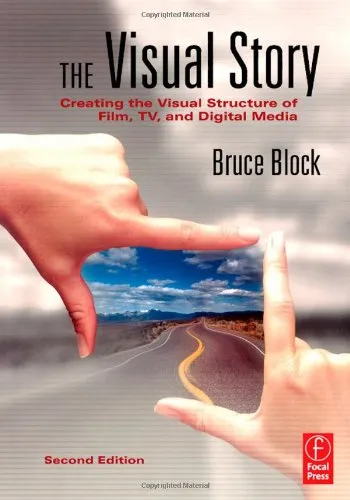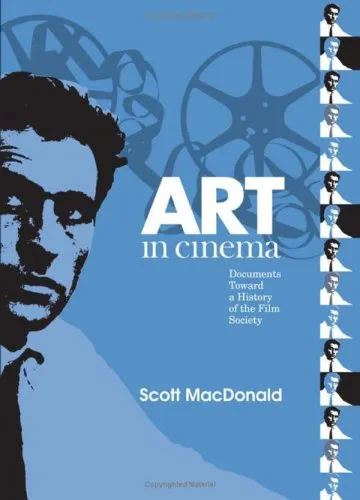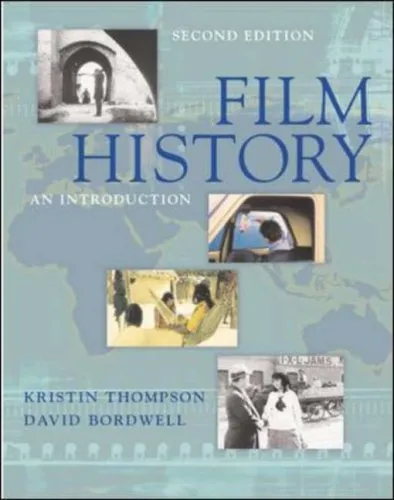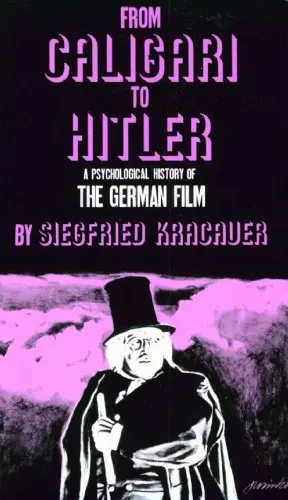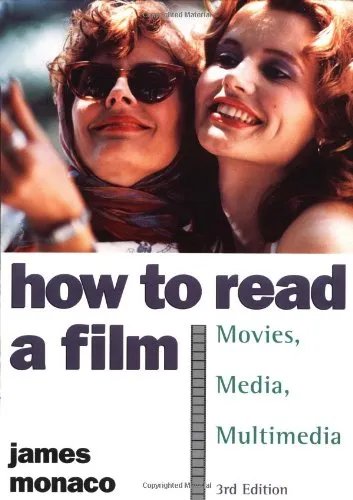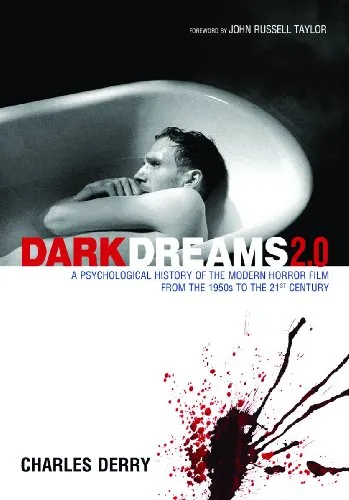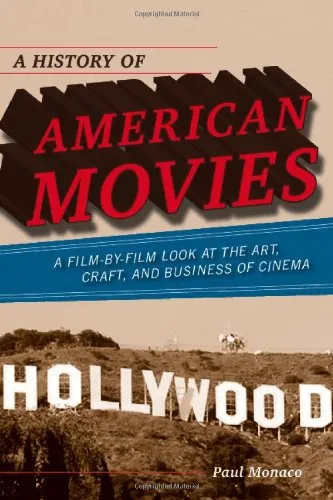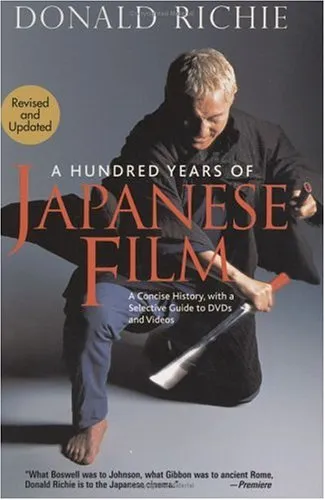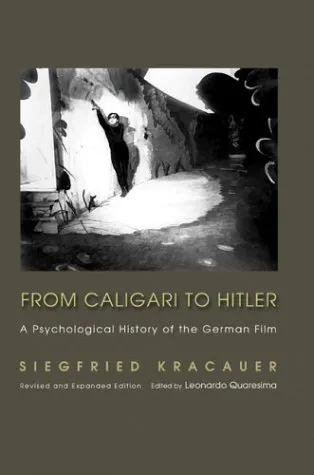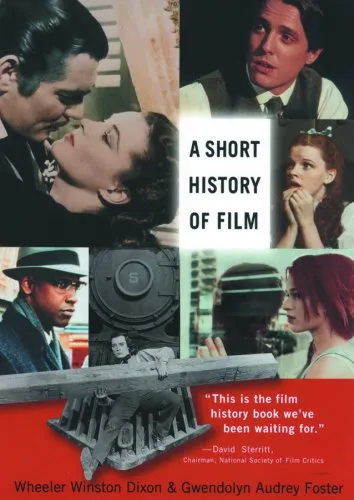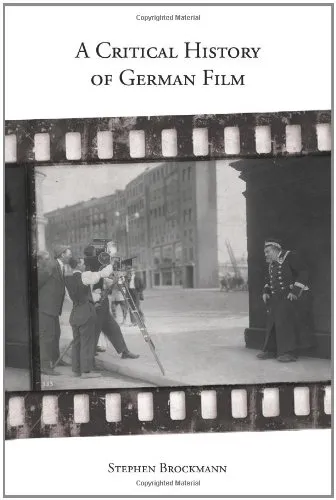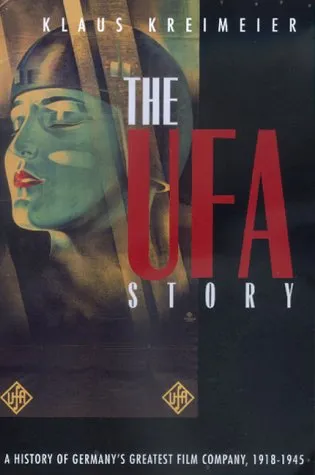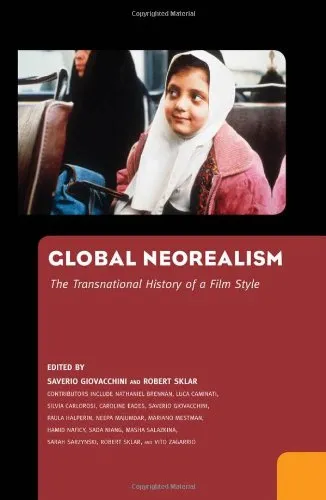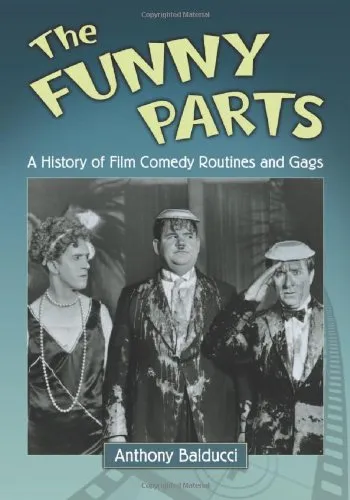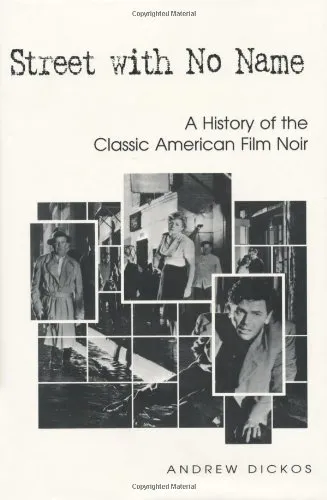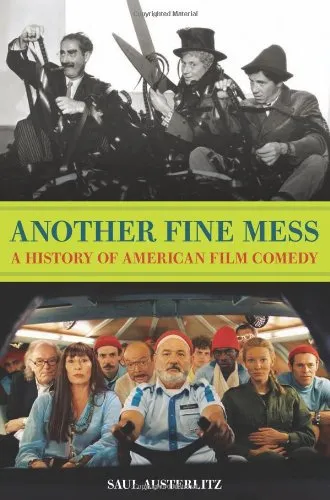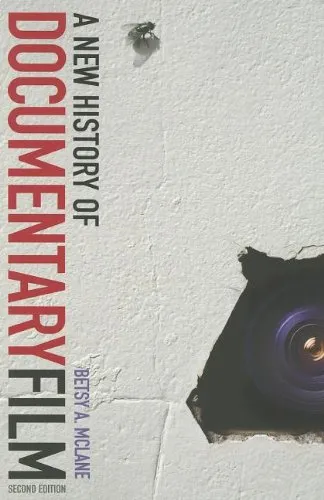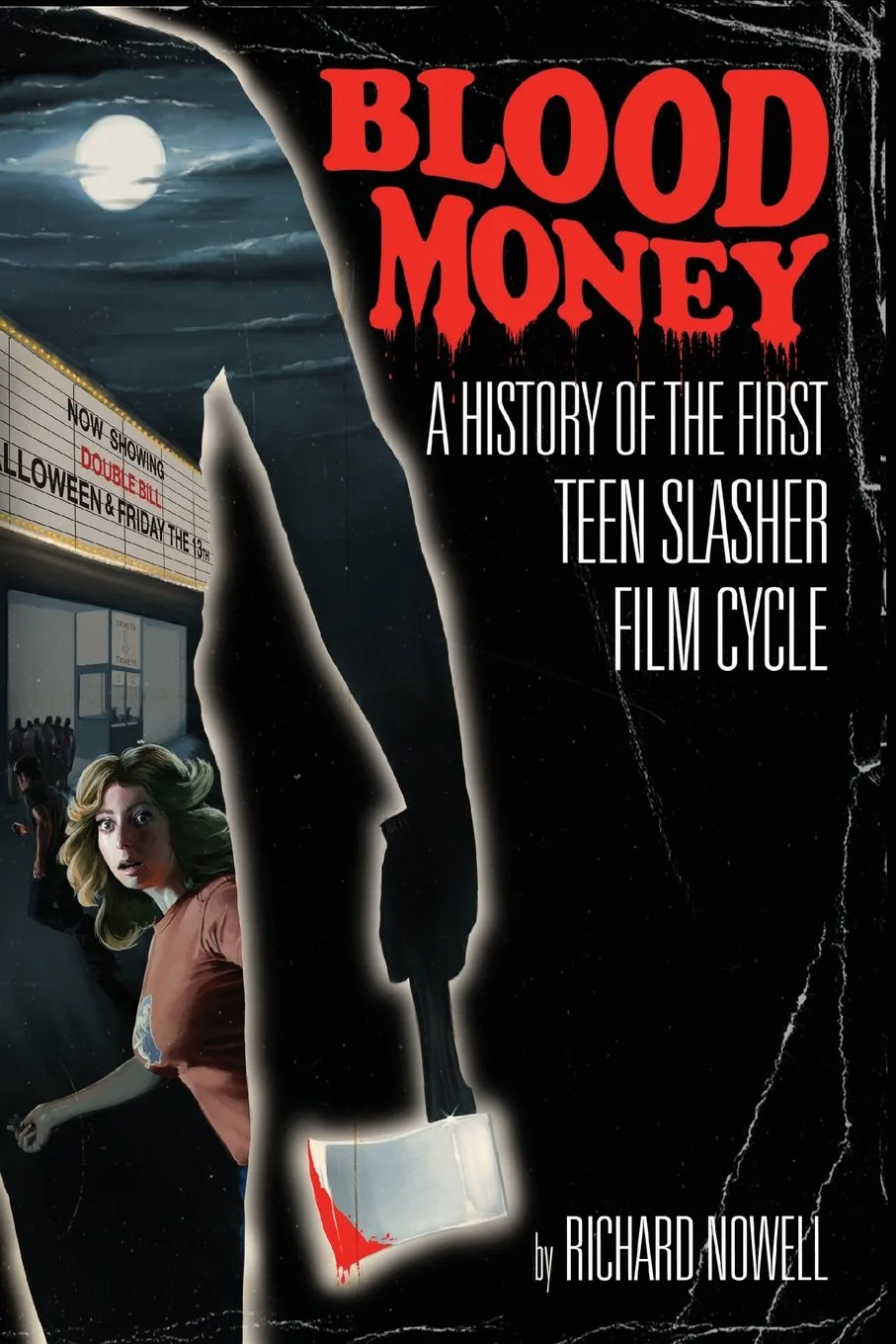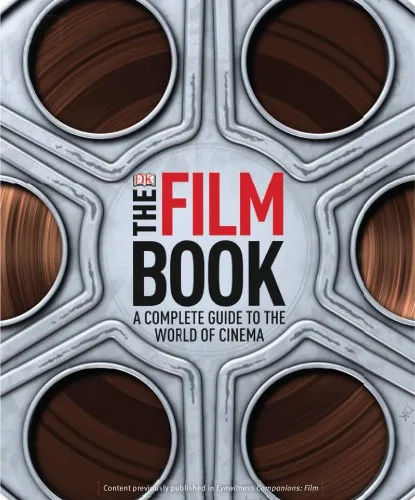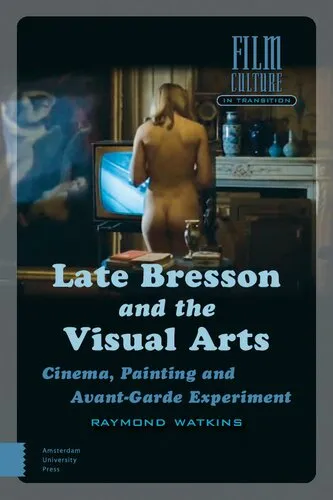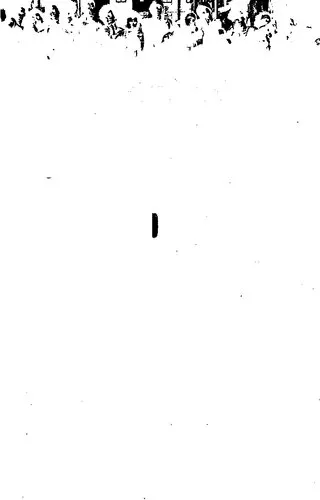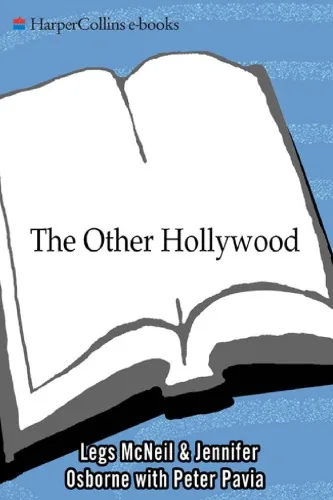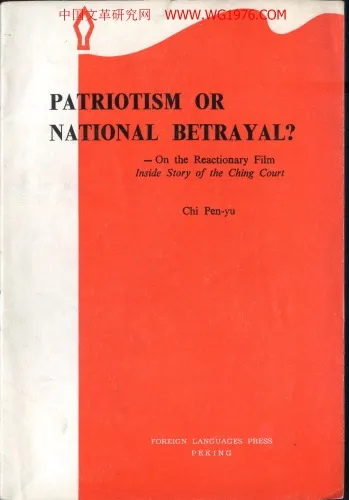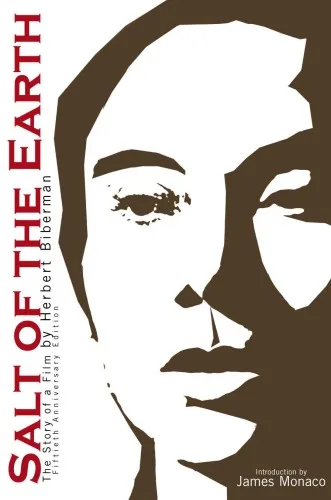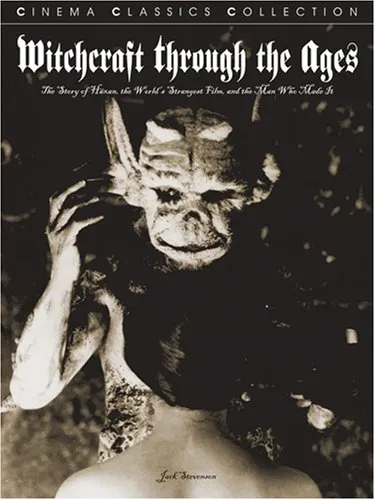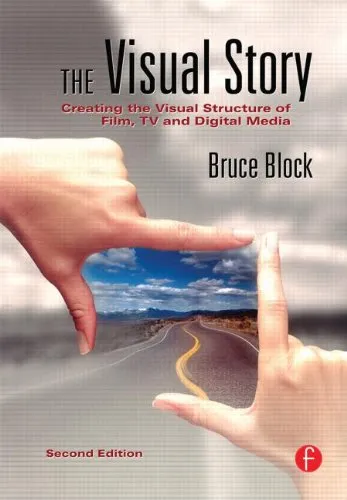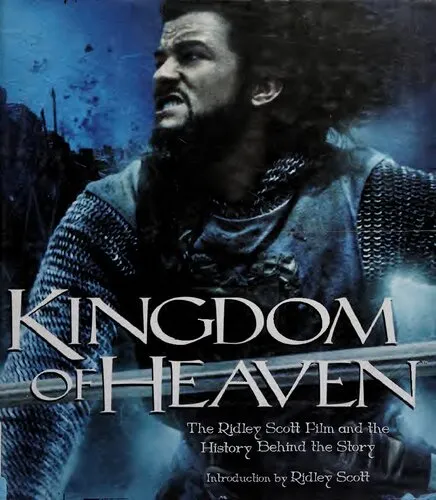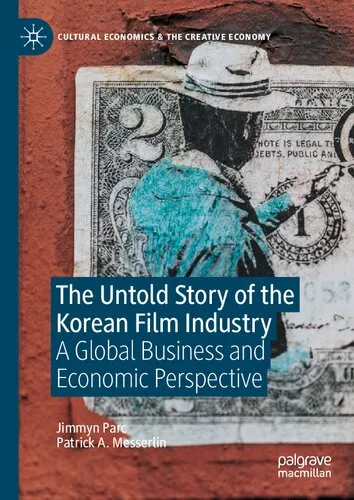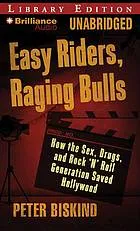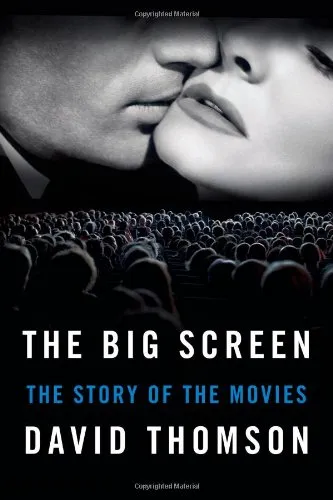The Story of Cinema: An Illustrated History, Vol. 1: From the Beginnings to Gone with the Wind
5.0
Reviews from our users

You Can Ask your questions from this book's AI after Login
Each download or ask from book AI costs 2 points. To earn more free points, please visit the Points Guide Page and complete some valuable actions.Related Refrences:
Introduction to "The Story of Cinema: An Illustrated History, Vol. 1: From the Beginnings to Gone with the Wind"
Cinema, as an art form, has a rich and complex history. "The Story of Cinema: An Illustrated History, Vol. 1: From the Beginnings to Gone with the Wind," authored by David Shipman, offers a comprehensive exploration of the early years of this transformative medium. This book is a journey through the inception of film, the advent of silent movies, and the birth of sound, culminating with the cinematic landmark, "Gone with the Wind." In this detailed introduction, we will examine the core contents of the book, its key takeaways, some notable quotes, and explore why this book remains an essential resource for cinema enthusiasts.
Detailed Summary of the Book
The book takes readers on a chronological journey beginning in the late 19th century, focusing on the pioneers who laid the groundwork for what cinema was to become. Shipman explores the ingenious inventions by the Lumière brothers and Thomas Edison, the groundbreaking storytelling techniques of D.W. Griffith, and the artistic expression found in European films from directors like Georges Méliès and F.W. Murnau.
As the book progresses, readers gain insights into the silent film era, where actors like Charlie Chaplin and Buster Keaton became household names by mastering the art of visual comedy and drama. The narrative delves into the industry’s fight to bring sound to moving pictures, with deep dives into the technical innovations and challenges faced by filmmakers.
Concluding with "Gone with the Wind," Shipman reflects on the impact of this epic film and its significance in the chronicle of cinema. His detailed analysis encompasses both the film’s artistic brilliance and the social dynamics surrounding its creation. Illustrated with striking images from the era, the book brings to life the rich tapestry of early cinema.
Key Takeaways
- An understanding of the technological, artistic, and social forces that shaped the early years of cinema.
- Insights into the evolution of film storytelling and narrative techniques from silent to sound films.
- A comprehensive look at the influence of key innovators and filmmakers who defined the era.
- An appreciation of how cinema reflects and influences cultural and social developments.
Famous Quotes from the Book
"Cinema is the culmination of technology and art, a mirror of humanity that reflects our stories in moving images."
"Gone with the Wind is not merely a film; it is a phenomenon that encapsulates the aspirations and contradictions of its time."
Why This Book Matters
"The Story of Cinema: An Illustrated History, Vol. 1" is more than just a chronicle of events. It serves as a cornerstone for anyone seeking to understand the evolution of film as an art form. David Shipman’s scholarly yet accessible narrative provides a meticulous examination of cinema's early years, offering perspectives that are valuable for historians, filmmakers, and enthusiasts alike.
What makes this book essential is its ability to contextualize films within the broader cultural and social landscapes in which they were made. The book provides an understanding of not just how films were made, but why they matter. For students of film history, this volume is a foundational text that illuminates the path from cinema's nascency to its status as a dominant cultural force.
Overall, Shipman's work stands as a vital repository of cinema history, celebrating the giants upon whose shoulders the modern film industry stands. Whether you're a casual film fan, a budding filmmaker, or a seasoned scholar, this book offers something profound for everyone.
Free Direct Download
Get Free Access to Download this and other Thousands of Books (Join Now)
For read this book you need PDF Reader Software like Foxit Reader
Accessing books through legal platforms and public libraries not only supports the rights of authors and publishers but also contributes to the sustainability of reading culture. Before downloading, please take a moment to consider these options.
Find this book on other platforms:
WorldCat helps you find books in libraries worldwide.
See ratings, reviews, and discussions on Goodreads.
Find and buy rare or used books on AbeBooks.
